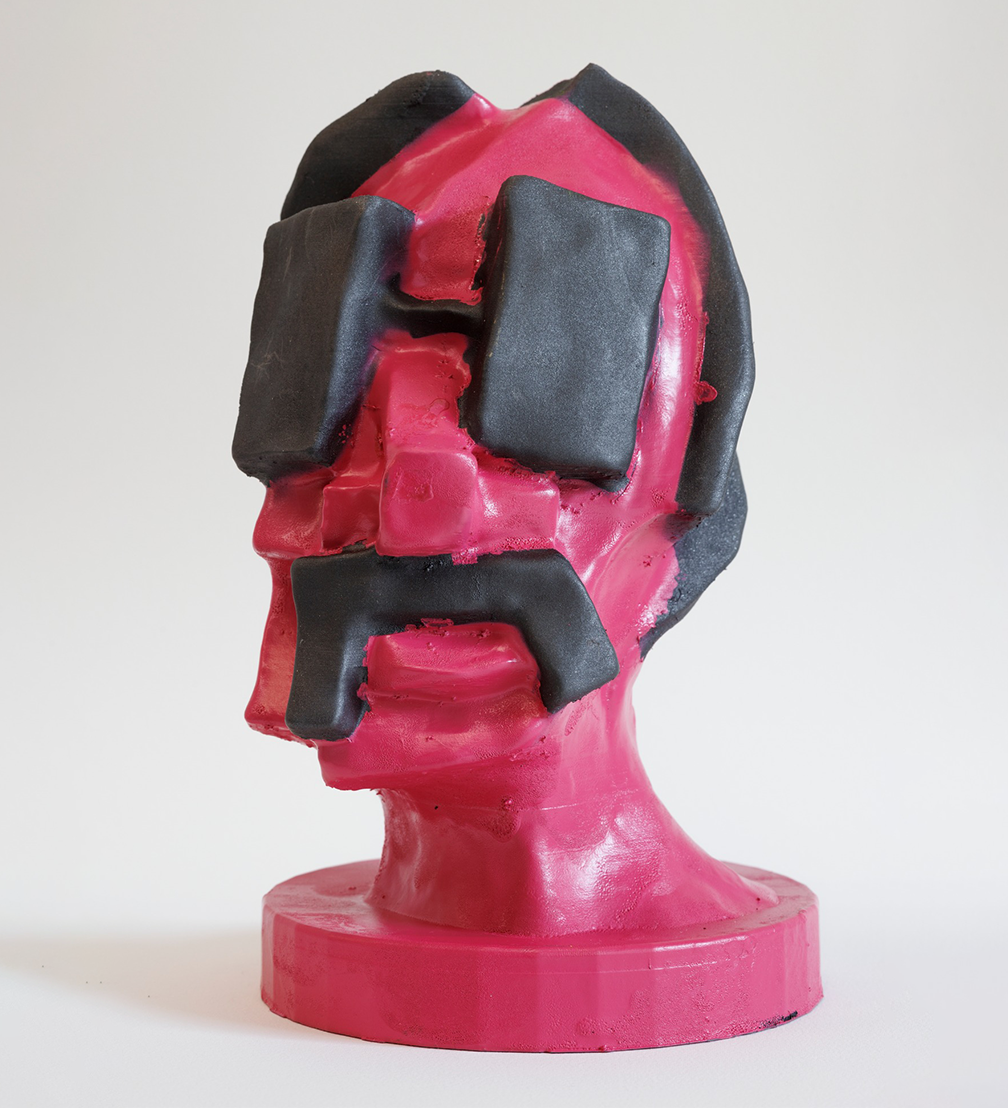
On August 22, the Alma Gallery will open the exhibition Golden Idol, which encourages the ongoing discussion of art and video games by focusing on one of the brightest game design talents in Latvia, Ernests Kļaviņš, and his design for the game The Rise of the Golden Idol. The works displayed in the exhibition — animation, paintings, and 3D print models — are based on the game, and the exhibits reflect the complex task of video games themselves: to combine image and action, to tell a story, and to let the player drive the story at the same time. The exhibition at the Alma gallery will be on view until October 17.
The detective game The Rise of the Golden Idol takes place in the fictional, England-inspired Albion. Its story is centred around a mysterious idol — a golden figurine which enables its wielder to accomplish miraculous and terrifying feats. Over the centuries, the idol has caused various conspiracies, murders and accidents, and the player’s task is to unravel the next chapters of the idol’s story in a sequence of interactive puzzle scenes, this time on the backdrop of the 1970s cityscape. Over the course of the plot, the player must solve a series of urban puzzles and crimes — a death at a construction site, a fire in a drive-in cinema, an accident during a photoshoot — to connect the cases with each other and to the golden idol. The task is made even more complicated by the number and diversity of the characters involved, but an attentive puzzle-solver will connect the dots into a single, overarching conspiracy in which the golden idol has a new, frighteningly modern role. One of the central themes of the game revolves around the influence of media on society. The multiple elements of television, news, and advertising used in the plot and scene design, such as magazines, posters, and broadcasting devices, draw attention to information flow-related potentials and risks both in the 1970s and today.
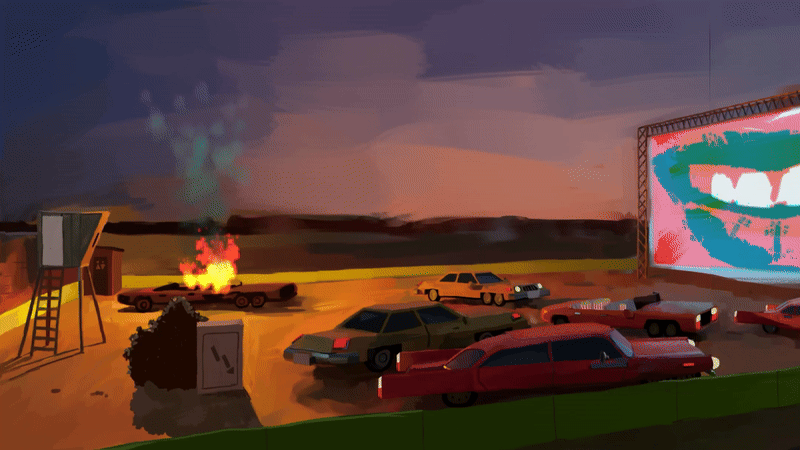
Until now, the game design of Ernests Kļaviņš has largely relied on intricate pixel aesthetics in which futurism is combined with a nostalgic, muted colour palette. The artist has previously worked on the visual identities of such games as Space Wreck and The Case of the Golden Idol, helping carry Latvia’s name into the world and introducing foreign players to Latvian cultural realia and artistic character. The Rise of the Golden Idol can be viewed both as a continuation of this endeavour and a turning point as the artist has given the game a new — brighter and more realistic — image to more accurately convey the colourful aesthetics of the 1970s. However, the element of futurism remains unchanged as seen from the two-legged cutter robot or the scenes of city traffic. The exhibits also depict the legendary idol, as well as several game characters, scenes, and buildings, including the brutalist-style police station, which points to the English inspirations of the game’s design.
The structure of this exhibition combines the nature of physical and digital art and highlights the process, when the physical can be digitalised and the digital can be materialised anew in a novel, engaging form.
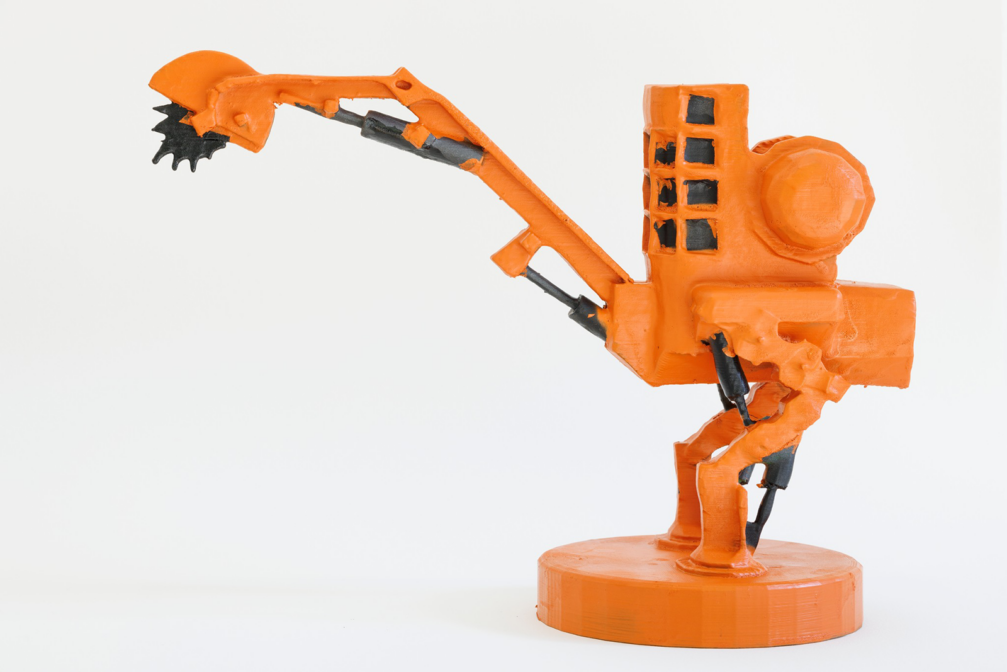
Ernests Kļaviņš is a painter, illustrator, and comic and video game artist. He is widely known for his illustrations for the magazine Ir, and in 2023, he received the Jānis Baltvilks Prize as best children’s book illustrator. That same year, The Case of the Golden Idol, a videogame which Ernests developed alongside his brother Andrejs, was nominated for the BAFTA Games Award for best debut. The Rise of the Golden Idol continues the story of the golden idol and is Ernests’ latest achievement in game development. Read our interview with Ernests and Andrejs here.
The exhibition Golden Idol will open at the Alma gallery on August 22 and will be on view until October 17. The exhibition is curated by Astrida Riņķe. Supported by the State Culture Capital Foundation and Riga City Council.

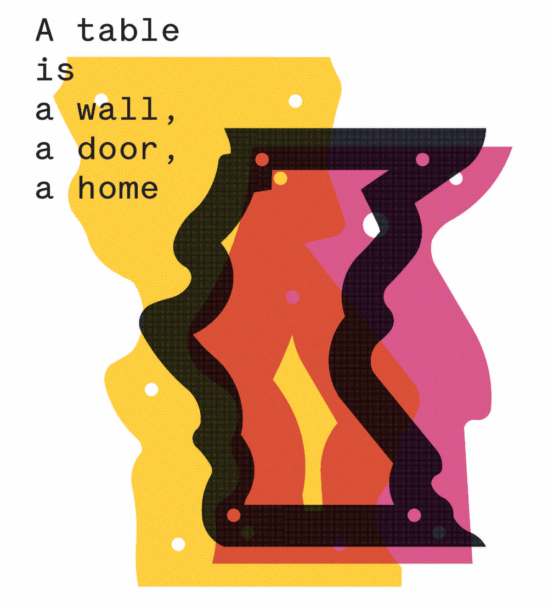
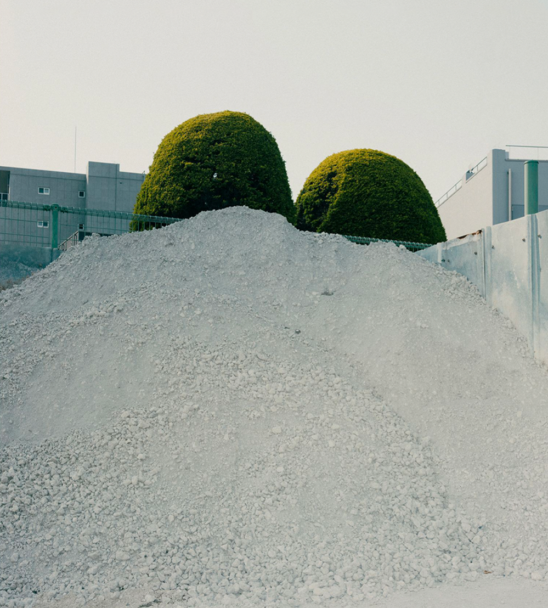
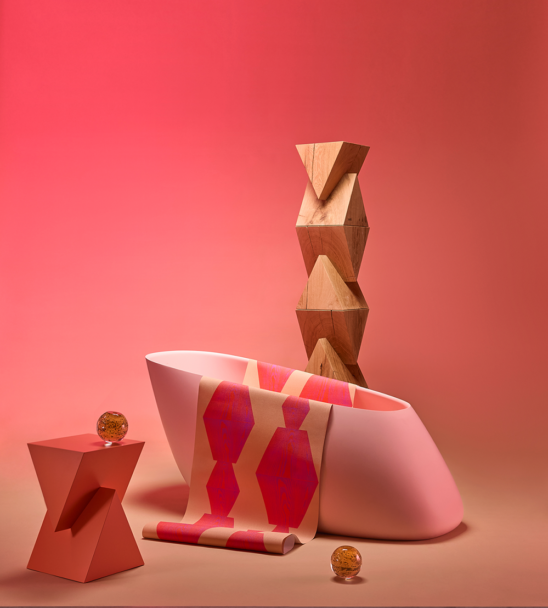
Viedokļi